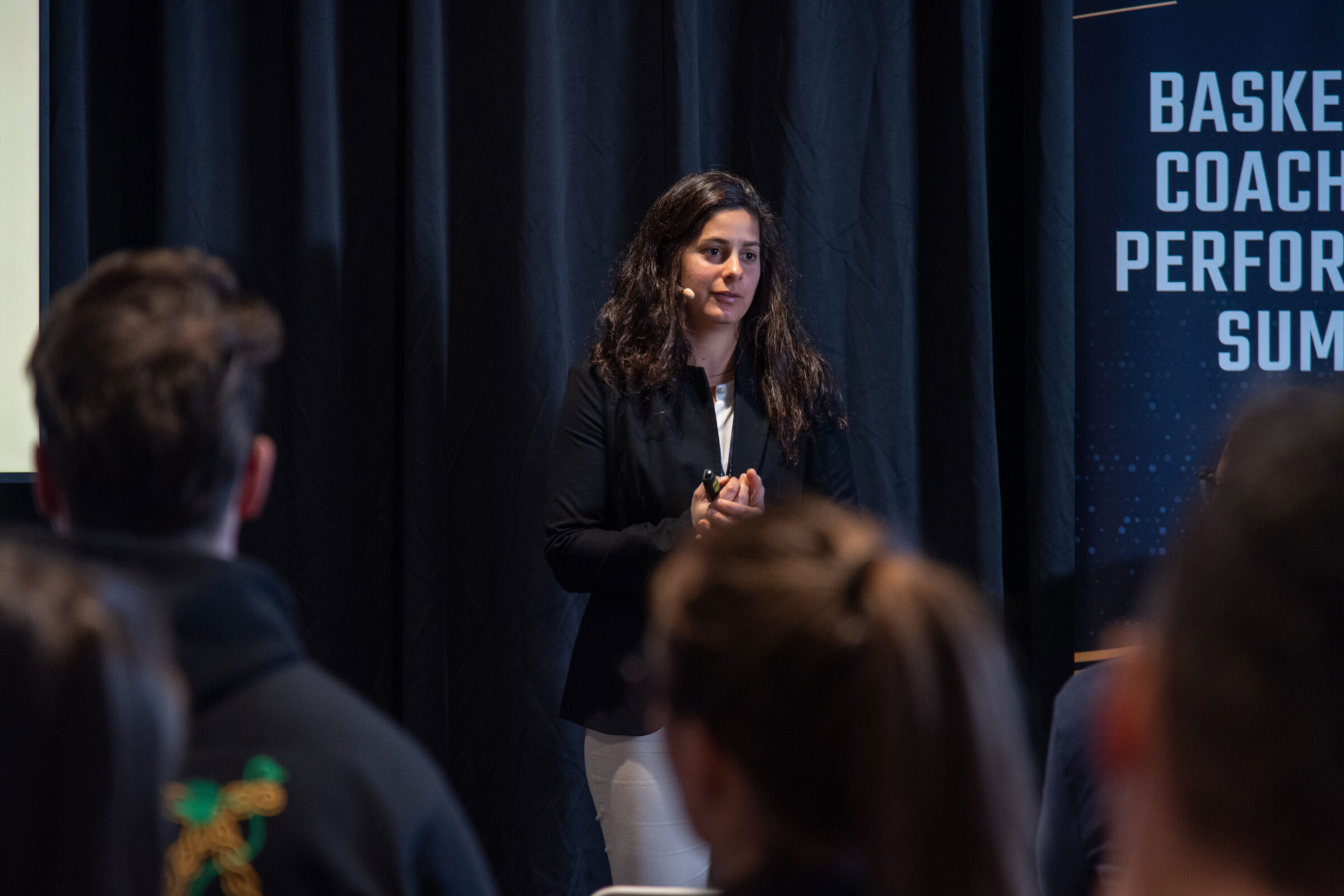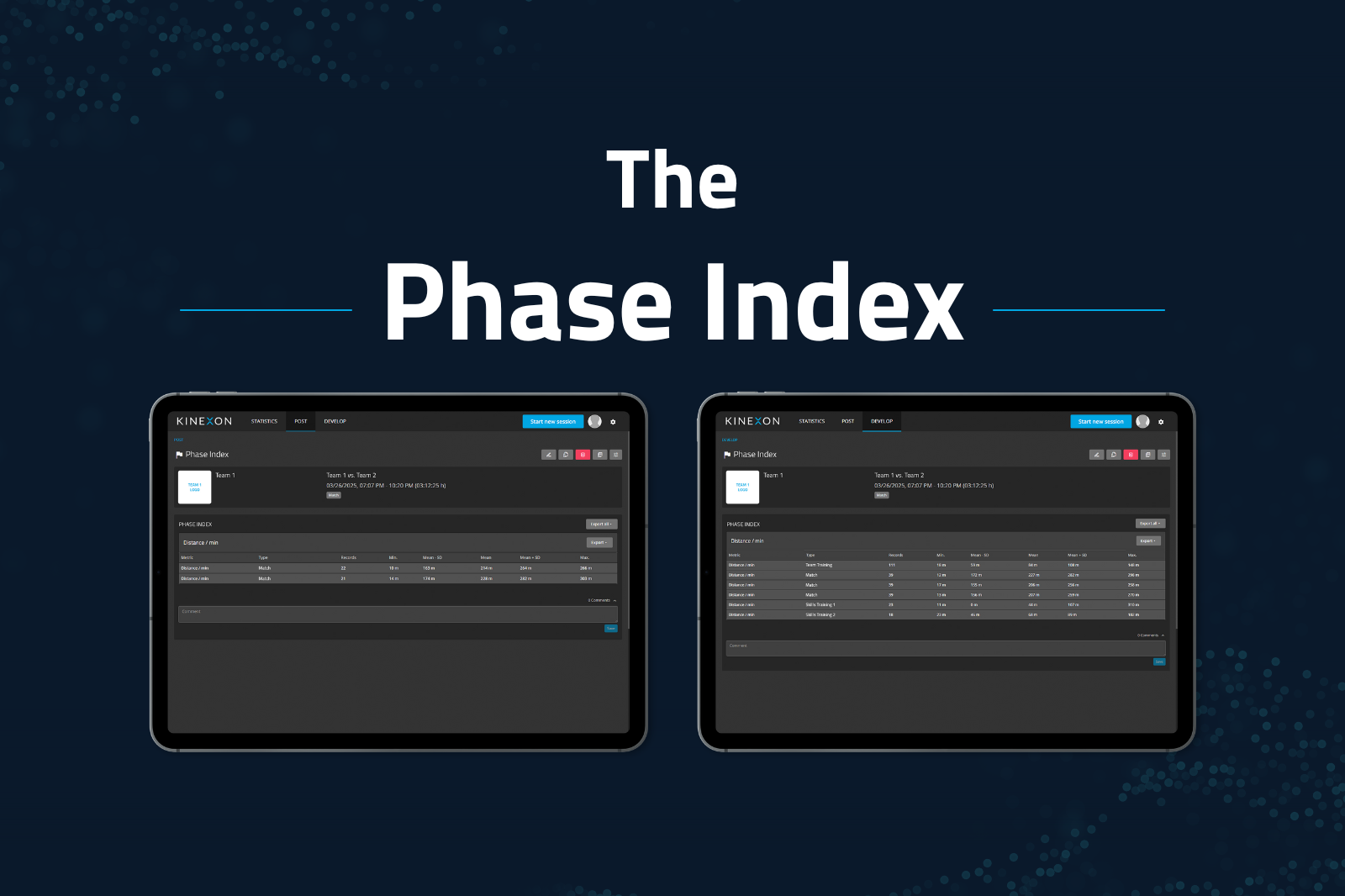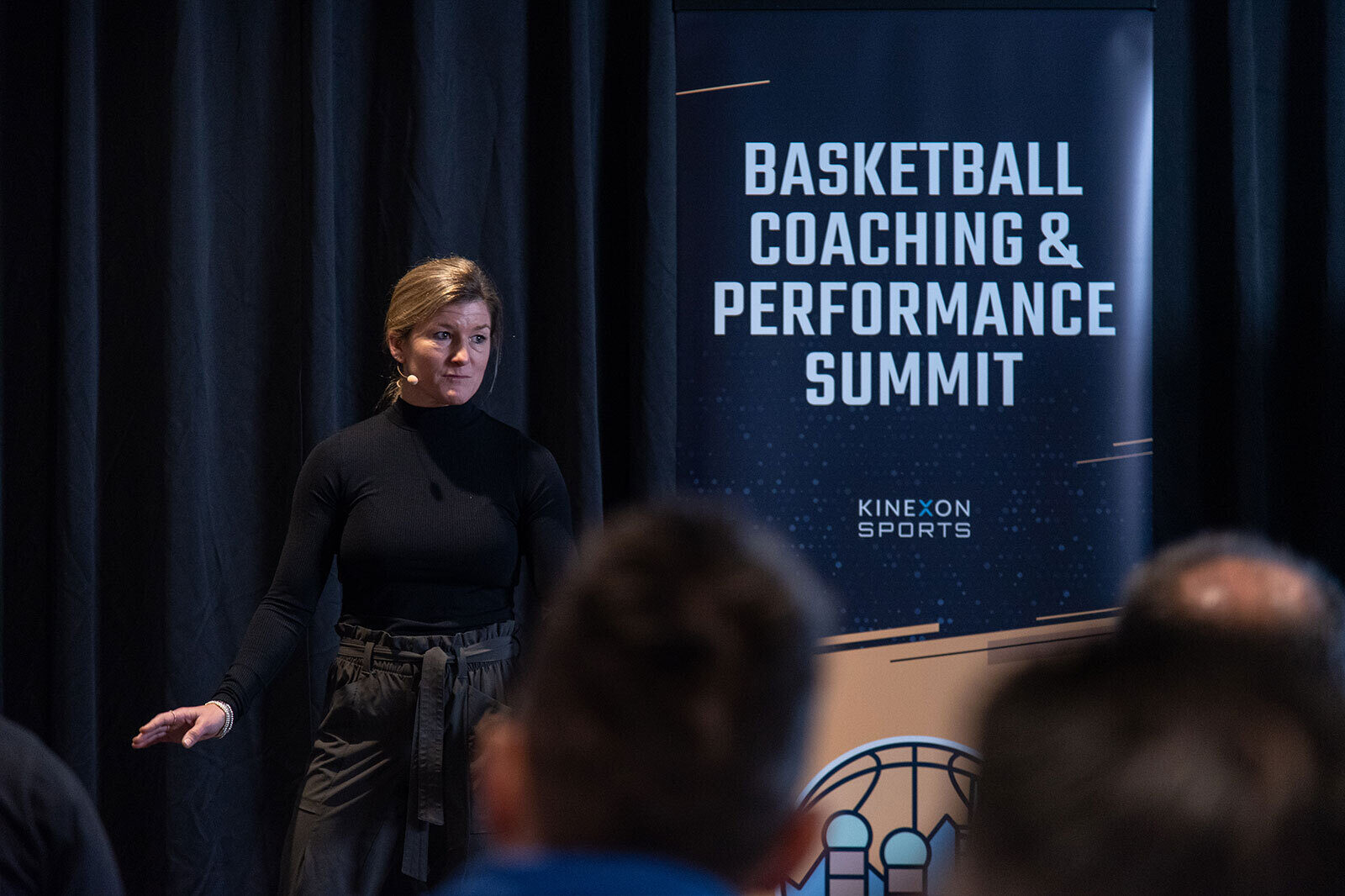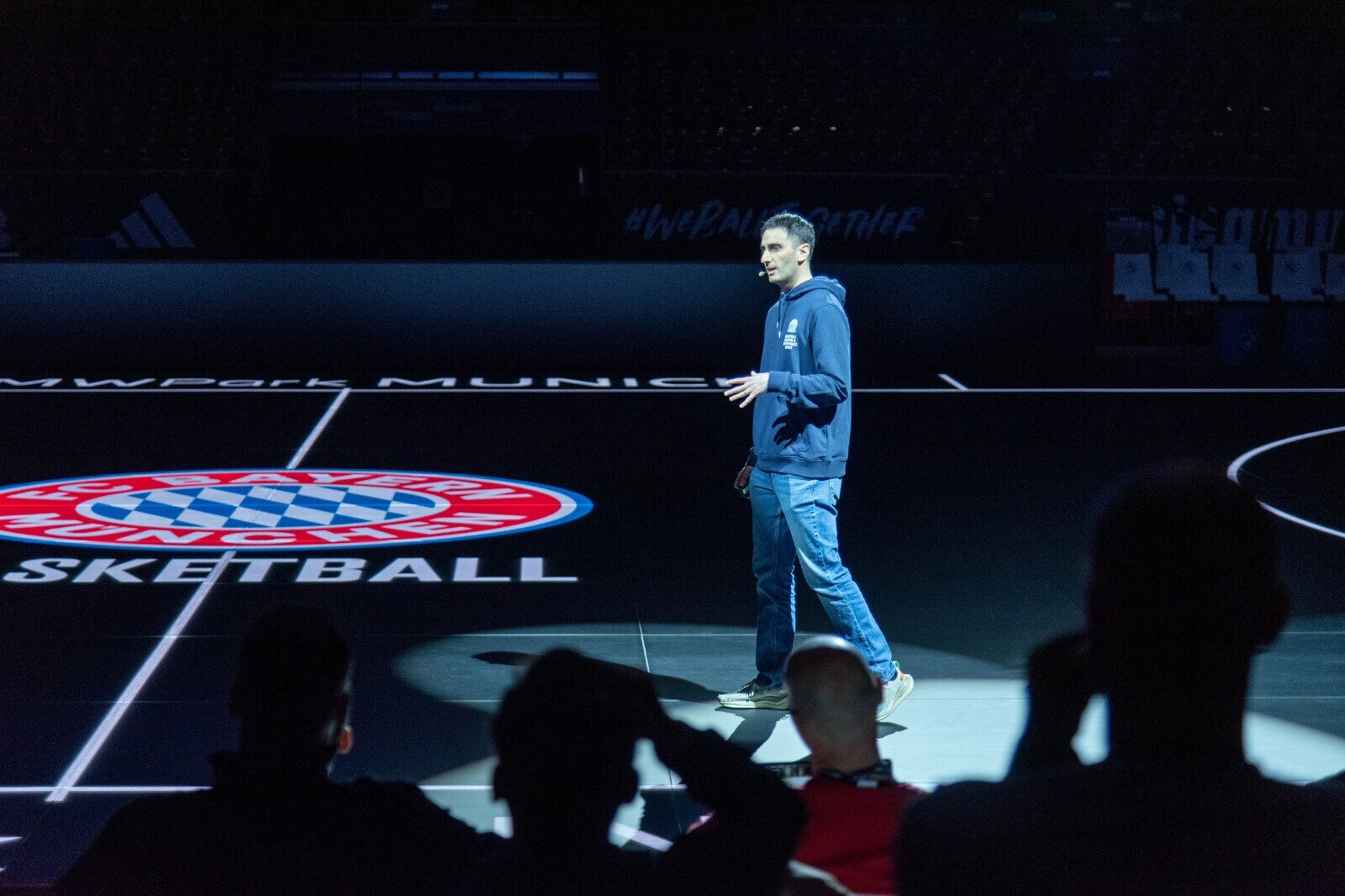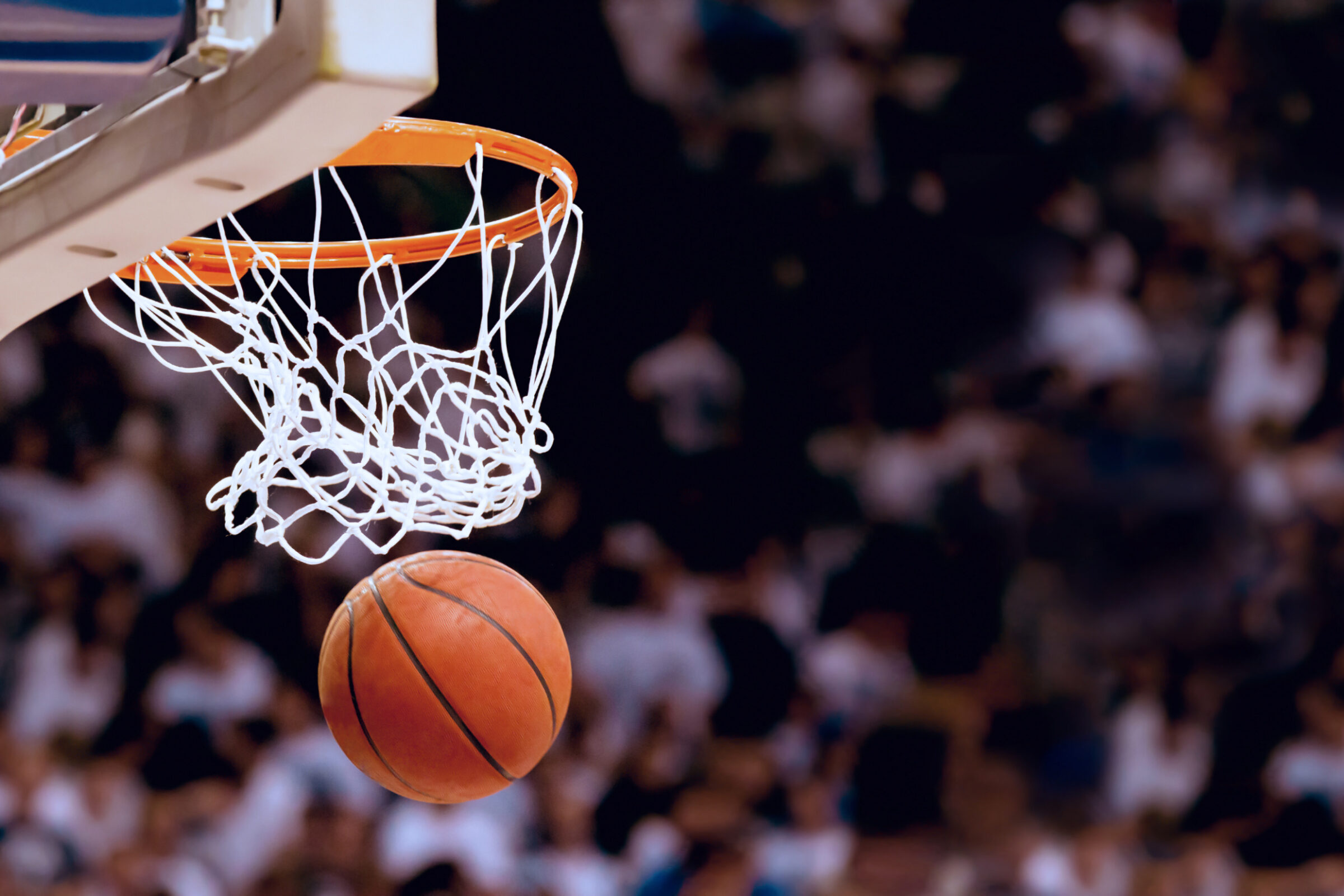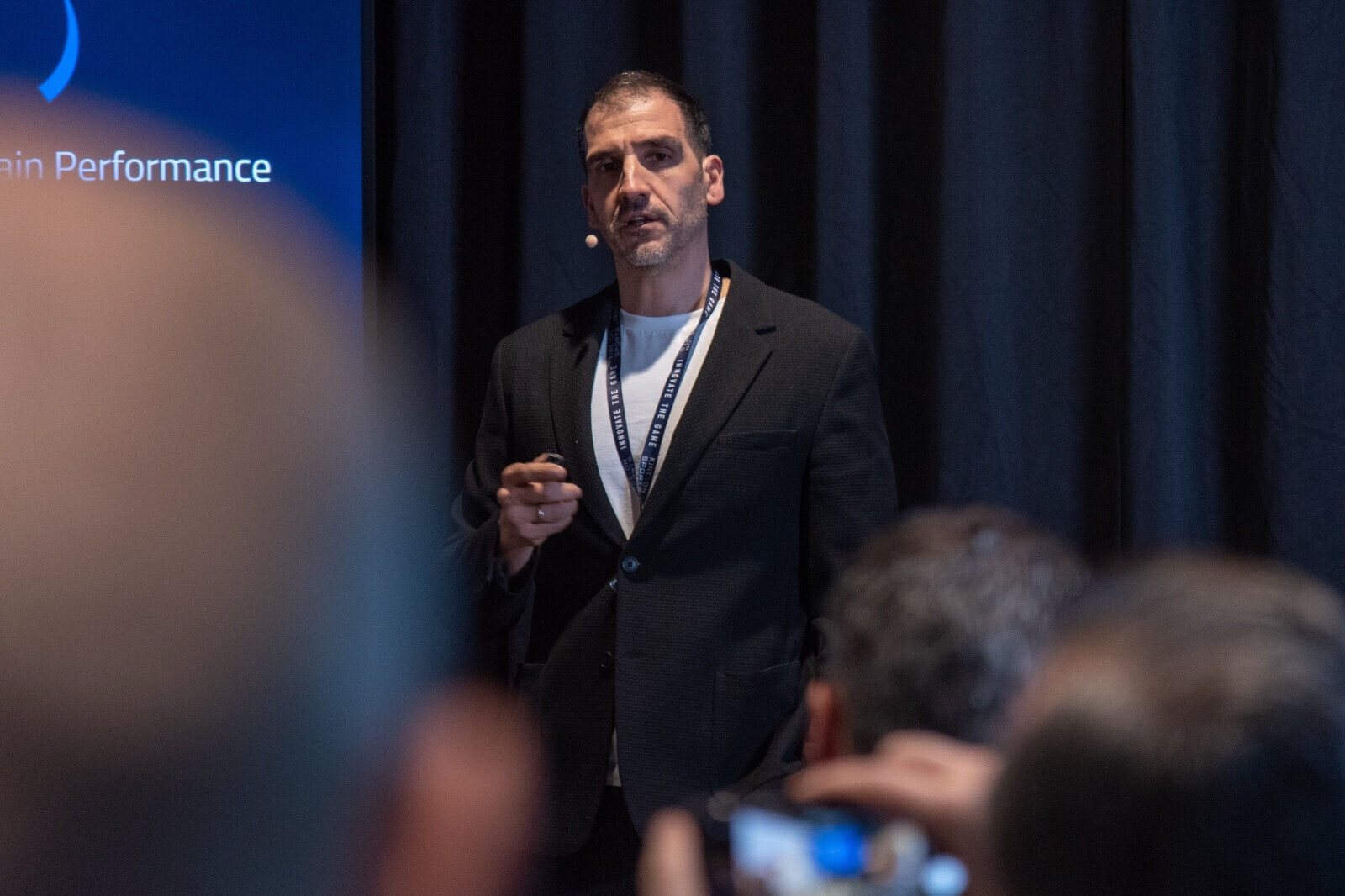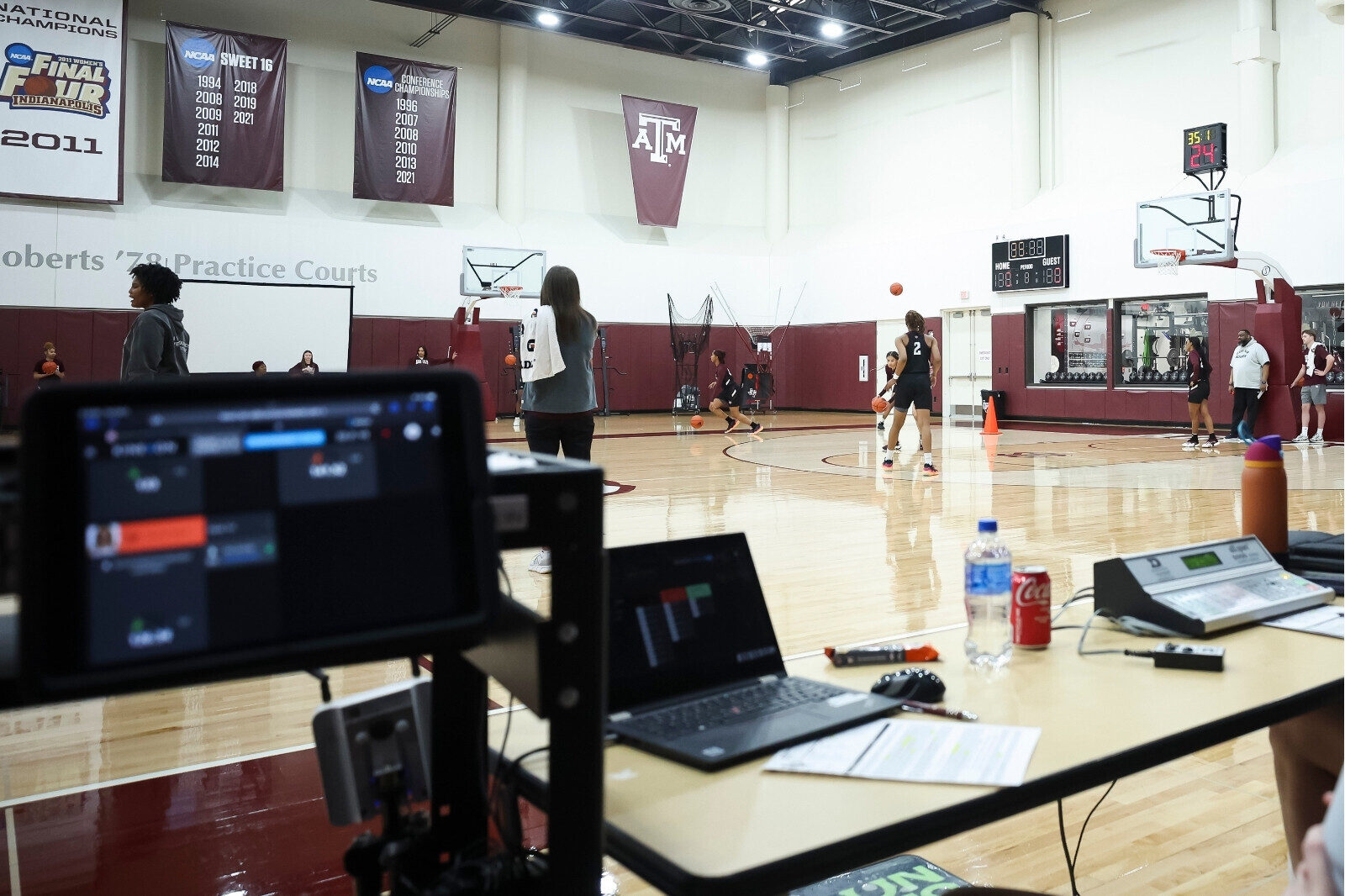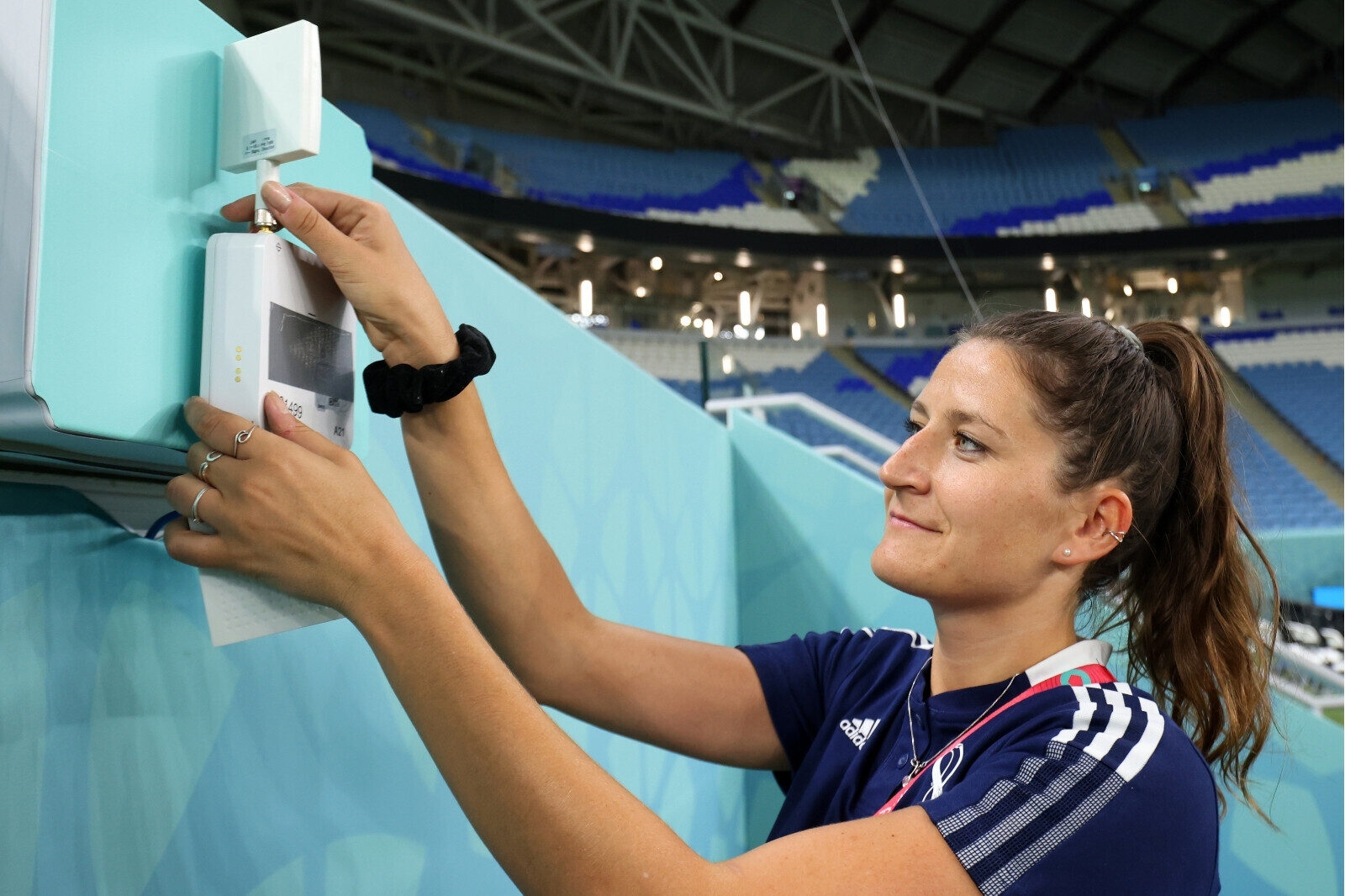What a UL Experiment Revealed About Merging Live GPS Data and Recovery Tech
In football, recovery is as important as training. Recently, the sports medicine staff from the University of Louisiana conducted an experiment to gauge the impact Firefly Recovery Devices may have on a player’s recovery with the help of live data from KINEXON Sports.
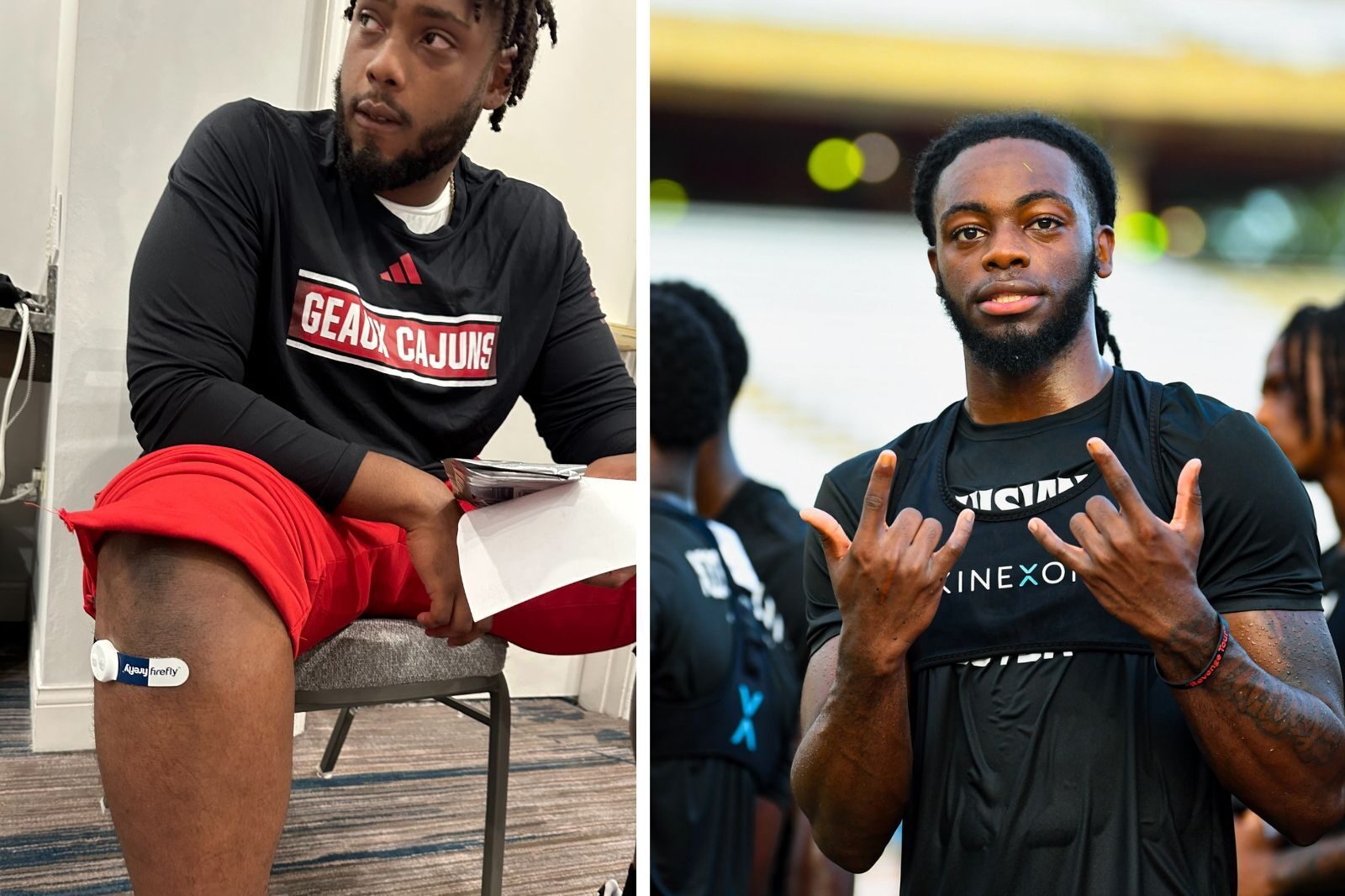
To conduct their experiment, the Ragin’ Cajuns sports medicine staff used several determining factors, and identified two football student athletes from each of the following position groups, to act as subjects in the study:
- Quarterbacks
- Running Backs
- Wide Receivers
- Offensive Line
- Tight Ends
- Defensive Line
- Linebackers
- Defensive Backs
Once the players were chosen, they were equipped with Firefly devices that were worn on the leg, while the KINEXON Sports wearables were tucked into a football vest.
Coaches can now save 20 – 30 minutes per training session by using the only player tracking system with a fully automated workflow.
Who Led The Experiment?
The experiment was led by Chris Litt, M.Ed., LAT, ATC, Assoc. Dir. of Sports Medicine / Head Football Athletic Trainer and Andrew Thebner, MS, LAT, ATC, Assist. Dir. of Sports Medicine / Assist. Football Athletic Trainer.
They set out to investigate whether the Firefly Recovery Device could positively influence an athlete’s recovery process.
Selecting Subjects
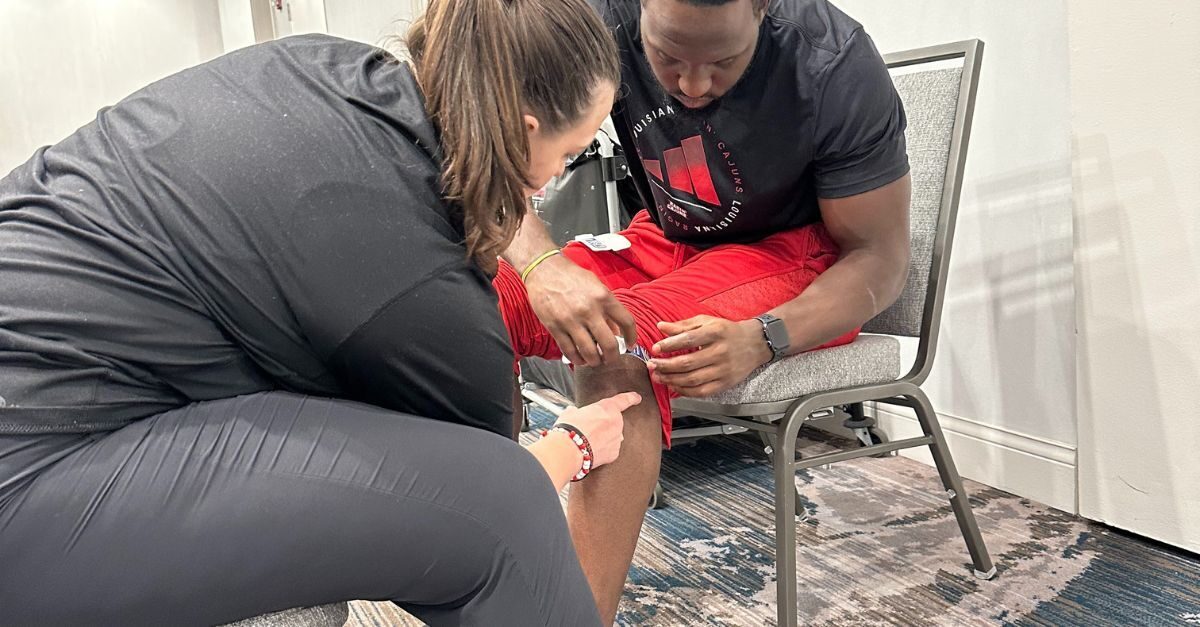
To conduct their study, Litt and Thebner implemented the following criteria to help choose the student athletes who would take part in the experiment:
- High Work Output: Athletes with a consistently high work output during Organized Team Activities (OTA) practices were chosen. The KINEXON PERFORM GPS Pro tracking system helped identify those who consistently pushed themselves to the limit.
- Similar Recovery Habits: The experiment’s design ensured that the selected athletes had comparable recovery habits. This consistency allowed for a fair comparison between subjects.
- No Current Injuries: Only athletes without existing injuries were included. This eliminated potential confounding factors.
- Compliance: Athletes who were likely to comply with the Firefly Recovery Device usage were prioritized.
The Experimental Design
The experiment spanned two weeks. During the first week, all athletes participated in their usual activities without anyone wearing the Firefly Recovery Device. This served as the baseline.
In the second week, one athlete from each position group wore the Firefly Recovery Device, while the other acted as the control and did not use it. Data was meticulously collected during both weeks.
Measuring Intensity With Live Data
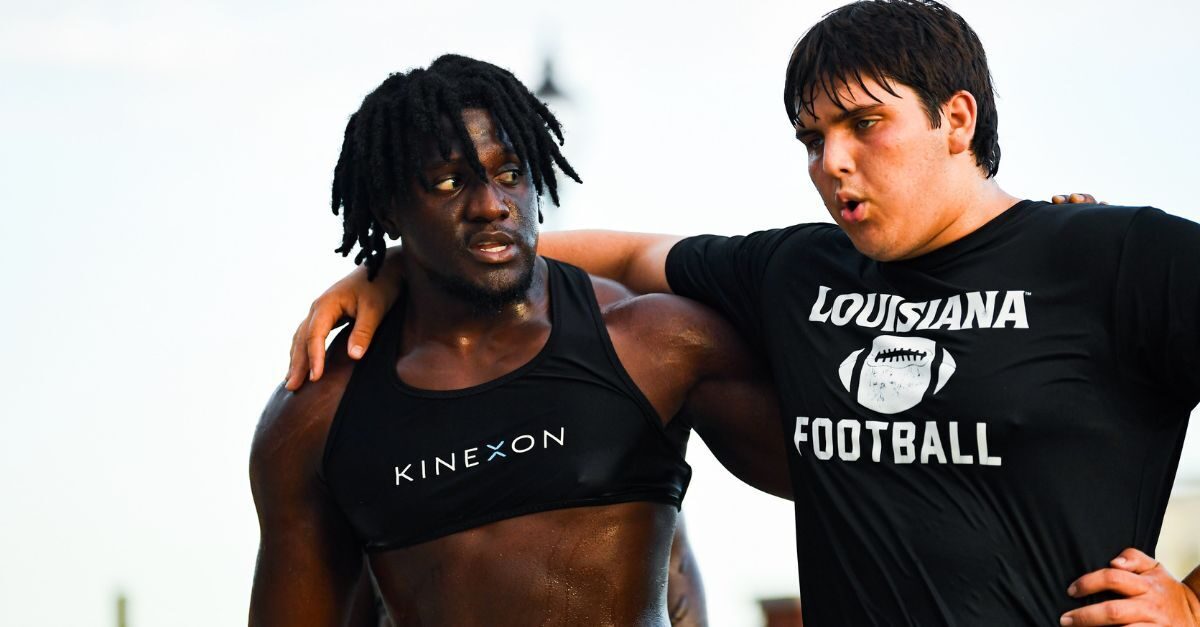
To assess performance, the staff relied on live data from the KINEXON PERFORM GPS Pro tracking system. Four key metrics were analyzed:
- Max Speed: The highest speed achieved by each athlete during practice sessions.
- % of Max Speed: The percentage of an athlete’s overall maximum speed attained during practice.
- Acceleration (Max): How rapidly an athlete could increase their velocity.
- Metabolic Power per Mass (Max): A measure of the energy expended during acceleration and deceleration movements.
“KINEXON live GPS has been an essential tool to help us track and learn more about the effectiveness of both the recovery tools we utilize and our athlete’s recovery habits on their performance,” Thebner said.
Firefly Recovery Device Usage
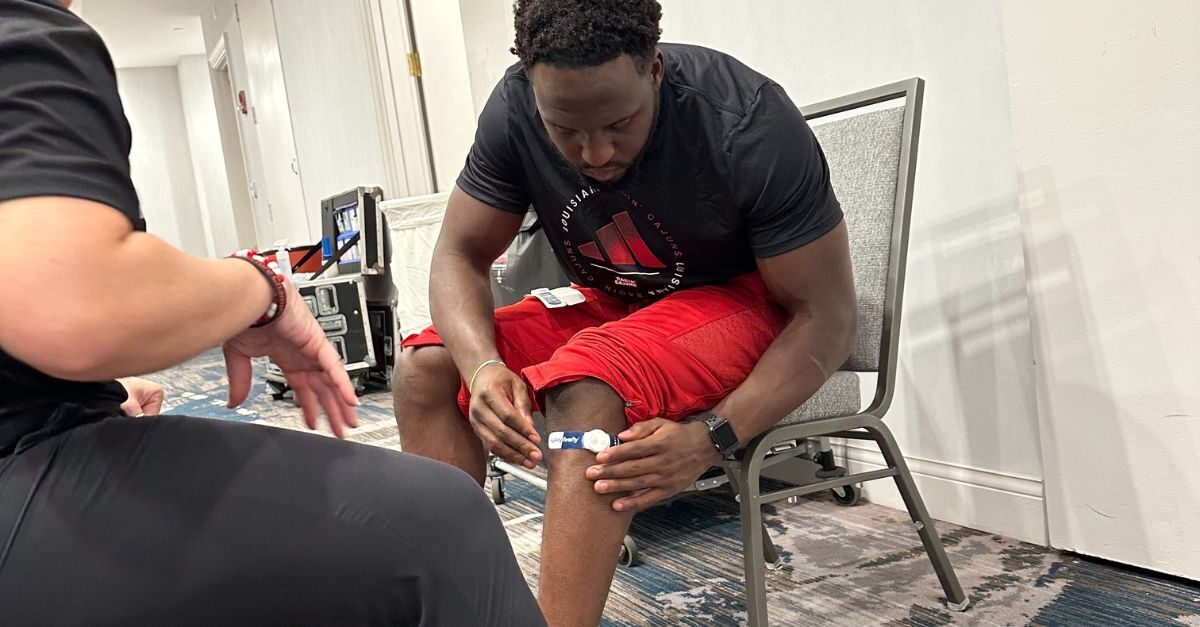
The football student athletes assigned to wear the Firefly Recovery Device followed a specific schedule:
- Tuesdays & Thursdays: After OTA practice, they wore the device for 2 hours.
- Wednesdays: Following the morning workout, they wore it for 4 hours.

“KINEXON live GPS has been an essential tool to help us track and learn more about the effectiveness of both the recovery tools we utilize and our athlete’s recovery habits on their performance.”
The Results
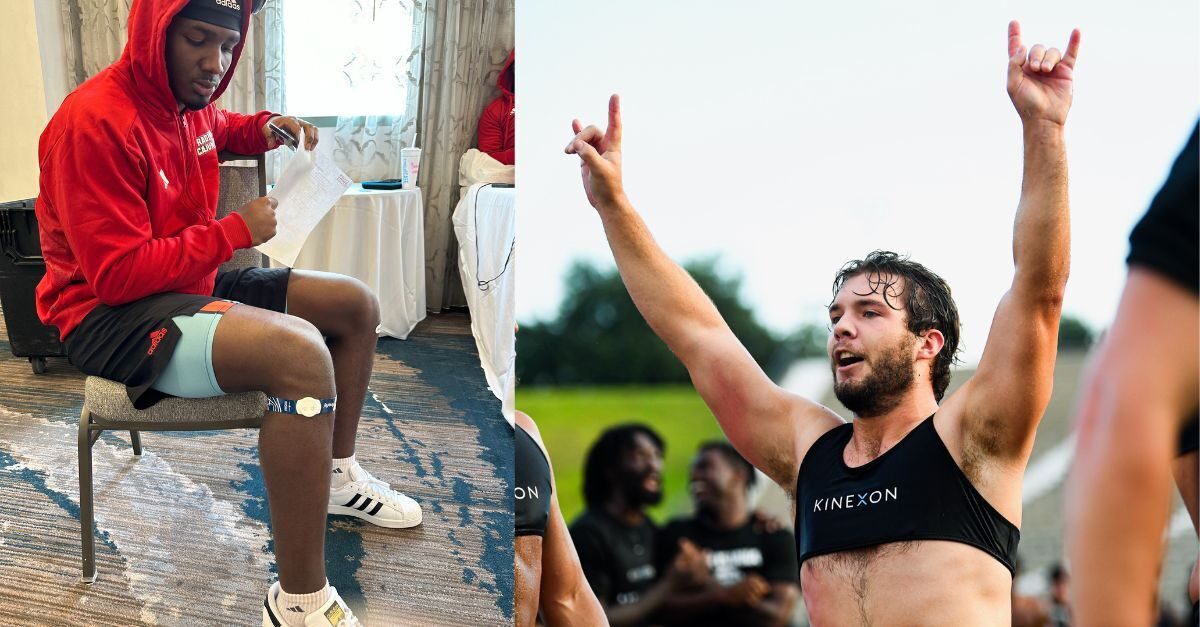
The findings were compelling. Athletes who wore the Firefly Recovery Device experienced significant improvements across all four metrics compared to both their counterparts (who did not wear the device) and their own performance during the week without it. The device seemed to enhance recovery, allowing athletes to perform at a higher level.
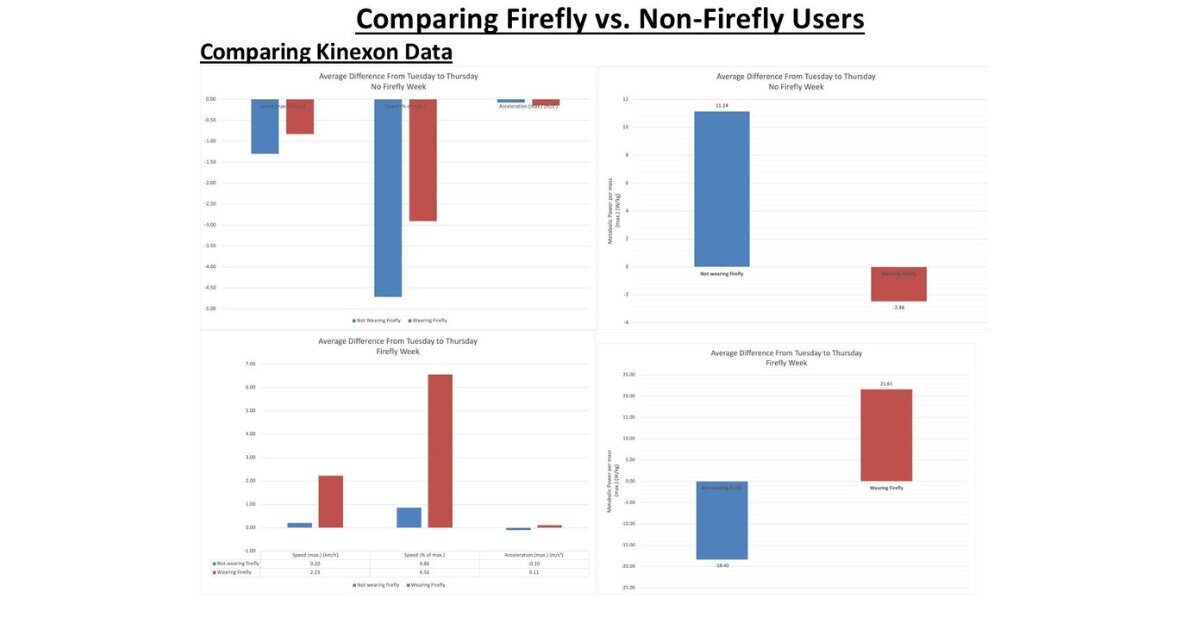
“It is important for me to make sure that we are providing the highest quality of healthcare possible for our student athletes,” Litt said. “I feel that the information obtained from this study using KINEXON Sports and the Firefly Recovery Device show that the resources that we have at the University of Louisiana are, in fact, helping our student athletes go out and compete at a high level, day in and day out.”

“I feel that the information obtained from this study using KINEXON Sports and the Firefly Recovery Device show that the resources that we have at the University of Louisiana are, in fact, helping our student athletes go out and compete at a high level, day in and day out.”
Sports Data Aids Recovery
As sports science continues to evolve, innovations like the KINEXON PERFORM GPS Pro and the Firefly Recovery Device offer promising avenues for optimizing athletic performance.
If you’d like to learn more about collecting football analytics and how it might help your team, contact us at any time.
You can also learn more about starting your own load management program by downloading our guide “Three Steps to Creating a Report in the KINEXON PERFORM GPS Pro Sports App.”
